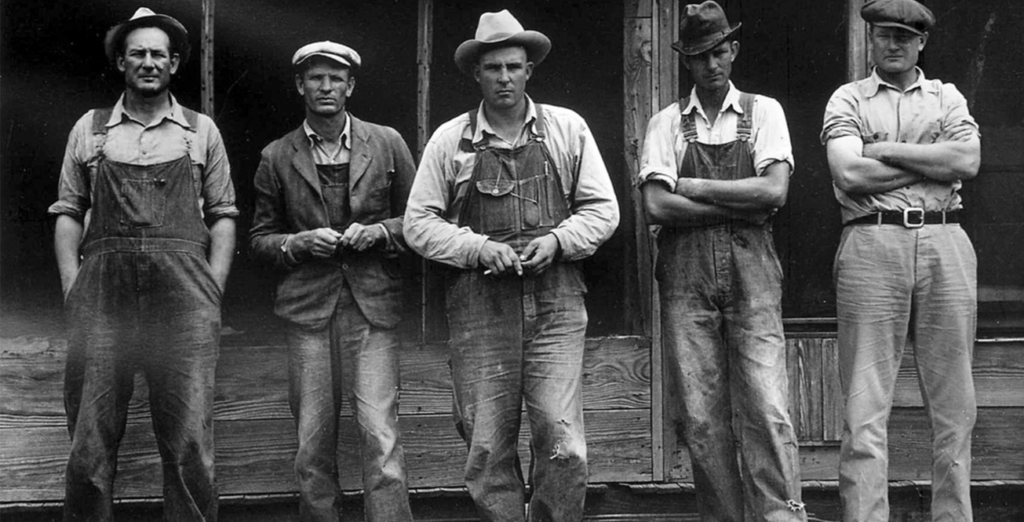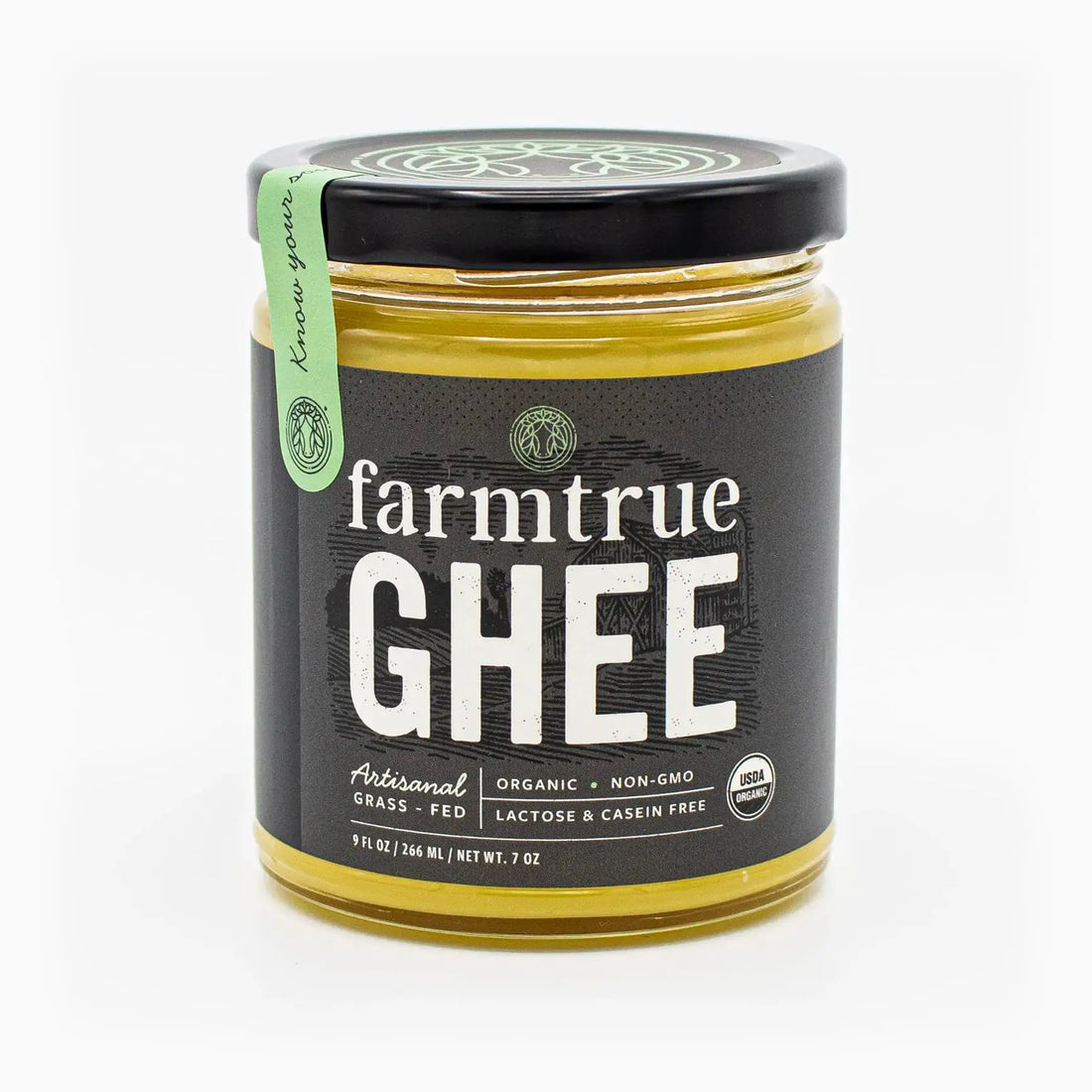The origin of this word comes from the Arabic root arafa, meaning ‘to know, to find out‘ (same root as Arafah/Arafat). The word was used in the Persian & later in the Ottoman empire to depict a ‘table of prices’. From there, the word was picked up by Latin speaking traders and was used in Italy and France, to denote a mandated price.
Which ‘unpopular’ word am I talking about?
Category: Etymology
[202]
This word was coined by British evolutionary biologist Richard Dawkins in The Selfish Gene (1976). It has been described as a unit for carrying cultural ideas, symbols, or practices, that can be transmitted from one mind to another through writing, speech, gestures or rituals.
Which word am I talking about which once became one of the biggest rage on the internet?
[200]
The English word X comes from the Hindi word chāmpo चाँपो (more familiarly known as champi चंपी).
Which itself ultimately comes from the Sanskrit word chapati (चपति), meaning to press, knead, sooth.
X was introduced in Britain by Sake Dean Mahomed in 1815 and has now become ubiquitous the world over.
Can you identify X?
[198]
X is a word of Venetian origin.
It was practiced by European sailors in 14-15th century.
Earlier supposed to be 30 days long, it was extended by 10 days, which where its name is derived from.
Identify X.
[186]
This word is constructed from Greek words meaning ‘rock’ & ‘blood of Gods’.
The phenomena occurs when plant oils & bacteria in the ground get activated after a dry spell.
Can you identify the good word?
[147]
Dungaree fabric is a coarse thick fabric which was used to make hard work trousers or overalls or jumpsuits.
Can you guess where did the garment get its name from?

[134]
Connect.


[131]
The word X meaning ‘a walled area’ or ‘enclosure’ in Old Iranian was mentioned in the work Anabasis by the Greek soldier and writer Xenophon in which it is described as a ‘park for animals’. However, its meaning has evolved into many languages including English to describe a certain, special place.
Identify X.
[129]
Which dreaded word commonly used today originally meant ‘a line drawn within or around a prison that a prisoner passes at the risk of being shot’.

[117]
First time X was observed by the ‘outside world’ was when a group of French sailors happened to enter a town & saw the event.
The person was bathed, dressed in white robes, and served his favorite foods for a last meal. He would also prepare by writing a poem.
What am I talking about?
[116]
In his 1631 treatise Historiae naturalis et medicae Indiae orientalis, Dutch physician and explorer Jacobus Bontius wrote, of a tribe he’d encountered in the jungles of what is now Indonesia, that “the Malays informed him that the X could talk, but preferred not to, lest they be compelled to labor.”*
Bontius’ mention of X was the Western world’s first introduction to the name of this tribe, a word that passed from Dutch to Portuguese to English and is still used today in slightly modified form – ironically, even speakers of modern Malay and Indonesian use the European corruption of the name, even though its etymology lies in Old Malay.
Who are the X?
*Considering Bontius was there as part of a Dutch East India Company expedition, this was probably a very good idea.
[112]
The name of what casino, famous in its own right, took on another use in work by mathematicians John von Neumann and Stanislaw Ulam at the Los Alamos National Laboratory in the 1940s?
[110]
What word is used to refer to either:
-a particular cut of meat, usually veal, used in Italian and French cooking, usually cooked in wine or other sauces, or
-a type of bivalve mollusc that is prized both for its meat that is sold as seafood and for its symmetric, fluted, fan-shaped shells?
[105]
This publication is known for its unique & sharp writing style. Over the period of years, it has coin or popularized many terms like “pundit”, “socialite”, “tycoon”. It is even credited with streamlining the terms “World War I” & “World War II”.
Identify the publication.
[102]
In the early to mid 19th century, multiple advances in the field of agricultural machinery were made more or less in parallel by inventors in Scotland, the US, and Australia, all working (mostly) independently of each other. These developments coalesced into a single large, complex, and massively convenient piece of farming equipment that went through several stages of evolution, first horse-drawn, then steam-powered, then tractor-drawn, and eventually fully self-propelled and self-contained, complete with cameras and sophisticated yield monitoring and field mapping systems.
At its core, this machine merges the farming tasks of reaping, threshing, gathering, and winnowing grain into a single activity, and is commonly known by a deceptively simple name.
What is this massively labor-saving invention?
[100]
In Hawaiian, the word X means “to bake in the ground” – it can also be used to refer to the Hawaiian food (usually containing pork or turkey) cooked in this manner that is often served at feasts and has since become a major tourist attraction.
X is not to be confused with the very similar-sounding but completely unrelated Y, which is a coffee liqueur made from rum, Arabica coffee, and sugar. Y serves as a key ingredient in several cocktails, some more prominent than others.
What are X and Y?
[94]
In the 1800s, with Britain’s Industrial Revolution in full swing, English workers and craftsmen began to find themselves in increasingly tight competition with the advanced mechanization and factories that enabled mass production of goods, combined with underhanded labor practices implemented by the top bosses in control of those factories to squeeze out as much product as possible.
Naturally, some of them expressed their resentment by going on a violent rampage against the machines that were destroying their livelihoods. Most legendary of these was “X”, who as the tale would have it, smashed two knitting frames in “a fit of passion” — an action that would result in his name being used for the entire movement. The name is still used today to refer to individuals who find themselves particularly opposed to modern technology and its ubiquity.
Who is X?
[85]
Decode the clues and connect them to a common theme:
Sesame + Jaggery
Capricorn Festival
A dish whose name means ‘to boil over’
[72]
A juggernaut is a literal or metaphorical force regarded as merciless, destructive, and unstoppable. The word entered the English dictionary in 1600s, inspired by the procession of a Hindu God.
Name the God.
